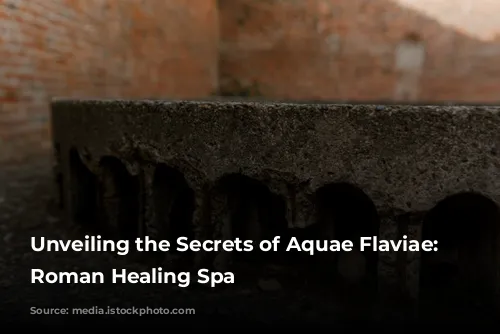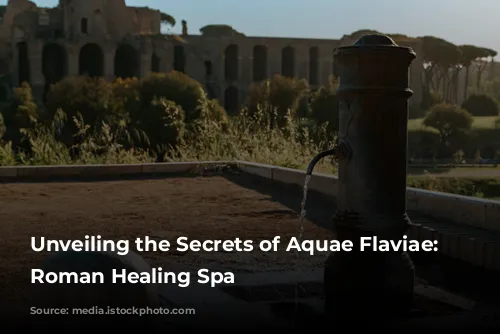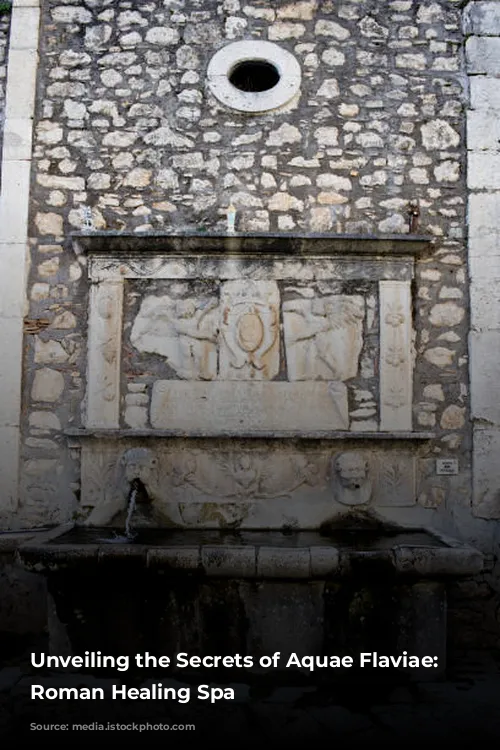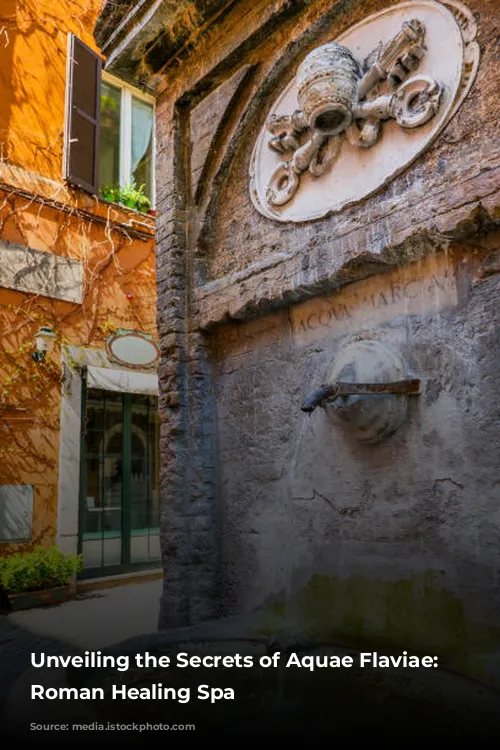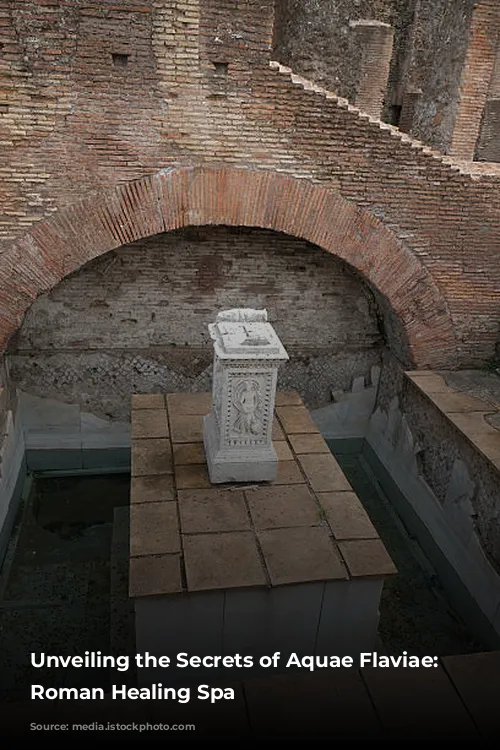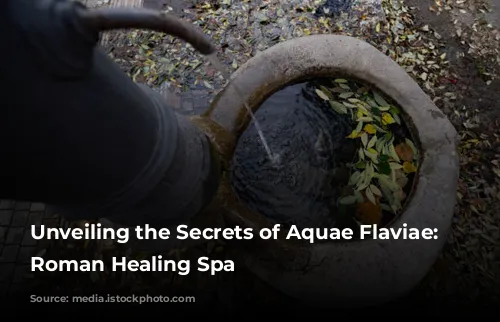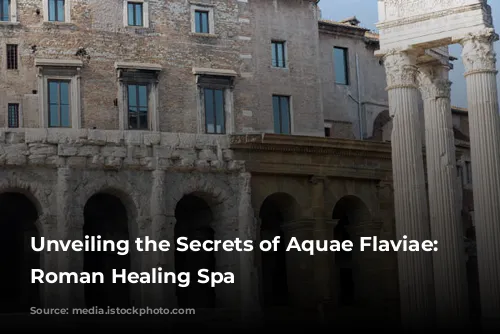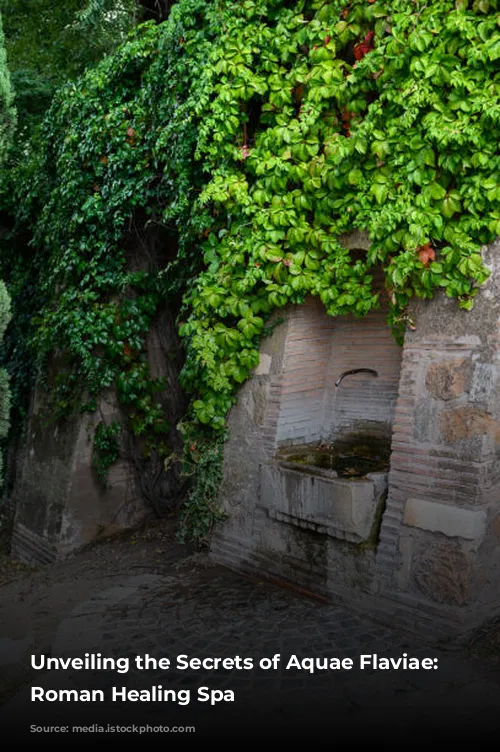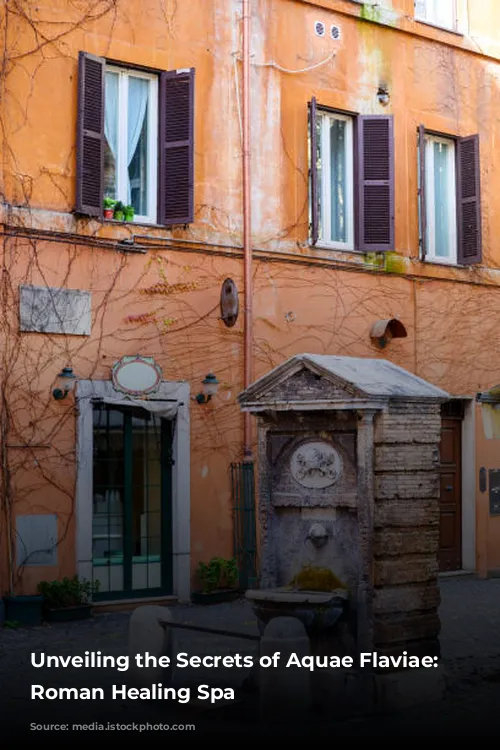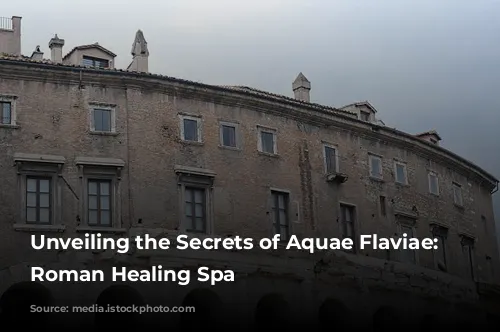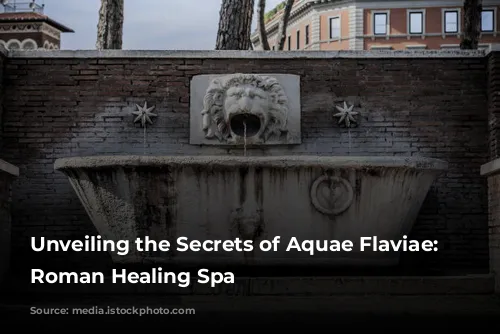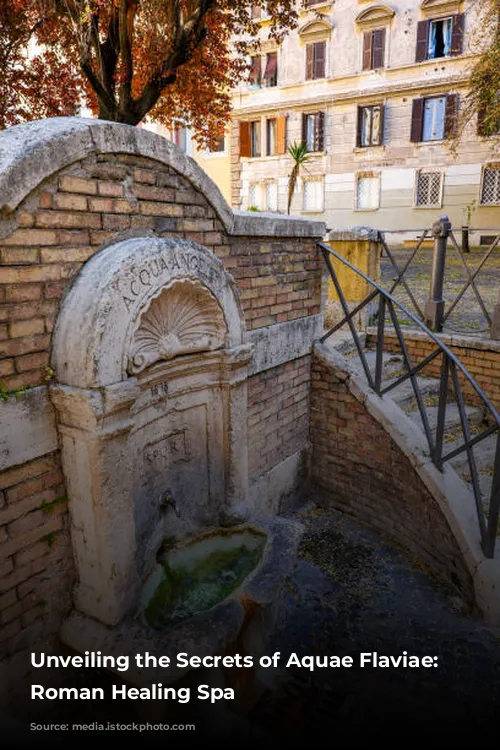Get ready to dive into the fascinating world of ancient Roman healing spas! This article explores the incredible discoveries made at Aquae Flaviae, a Roman spa located in Chaves, Portugal. Imagine a place brimming with life, where people sought solace and healing from the soothing waters. Let’s journey back in time and uncover the secrets hidden within the ruins of this ancient oasis.
A Time Capsule of Roman Life:
Imagine a vast and bustling Roman spa, filled with the sounds of laughter and chatter, the splashing of water, and the scent of medicinal herbs. This vivid picture emerges from the archaeological discoveries at Aquae Flaviae. During excavations between 2006 and 2013, archaeologists unearthed over 3,500 pieces of waterlogged plant remains. These remnants offer a glimpse into the daily lives of the Romans who frequented this spa. The materials recovered provide invaluable insights into the spa’s construction, its uses, and the ingenuity of the Romans in utilizing natural resources.
A Wealth of Discoveries:
The waterlogged remains included a diverse collection of timber, wooden objects, and fruits and seeds. These remnants provide a fascinating window into the spa’s design and the materials used to build it. The beams, poles, boards, and wedges tell the story of the spa’s construction, revealing the skill and craftsmanship of Roman builders. Wooden combs, bowls, containers, corks, handles, and spindle whorls unveil the daily lives of the spa’s inhabitants. The seeds, fruits, pine scales, and cones provide insights into the local flora and the dietary habits of the Romans.
A Testament to Roman Engineering:
The meticulous selection and utilization of wood resources reveal a sophisticated understanding of the properties of different species. The Romans strategically chose the right wood for specific purposes, whether it was building the spa’s infrastructure or crafting intricate objects. The presence of Pinus pinea (pine), Castanea sativa (chestnut), Buxus sempervirens (boxwood), and various species of the Prunus family underscores the Romans’ awareness of the value of these trees and their role in the regional ecosystem. For the first time, the discovery of cypress trees (Cupressus sempervirens) during Roman times in western Iberia sheds new light on the spread of this species. This incredible discovery showcases the Romans’ ability to manage resources and adapt to their environment.
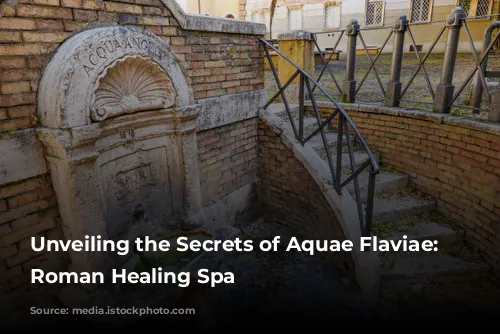
“Ad Aquas”: A Journey Through Roman Healing Spas
Roman healing spas, with their mineral-rich waters, were not just places to bathe; they were hubs of healing, social interaction, and even religious ceremonies. These remarkable structures, often adorned with intricate mosaics and sculptures, served as a testament to the Romans’ advanced understanding of architecture, engineering, and medicine. While bathing buildings are among the best-preserved Roman monuments, we are still discovering the secrets hidden within these ancient spas.
Mapping the History of Roman Healing:
Our quest to understand these remarkable structures begins with a map of Roman healing spas throughout the Empire. This map, a compilation of the most well-preserved and documented examples, helps us visualize the geographical distribution of these spas and their importance in Roman society. By studying their architecture and function, we can piece together a richer understanding of Roman bathing practices and the role of mineral-medicinal waters in Roman life.
Unlocking the Mysteries of Roman Healing:
While the existence of Roman baths using mineral-medicinal waters is well-documented, we often fail to acknowledge their unique characteristics and significance. These spas, with their healing waters, played a crucial role in health, religion, and social life. To delve deeper into their significance, we must go beyond the mere description of these structures and explore their specific architecture and organization. Our journey begins in Hispania, where we will compare the best-known Roman healing spas with those found in other parts of the Western Roman Empire. This comparative analysis will provide valuable insights into the variations and commonalities in the design and function of these remarkable structures.
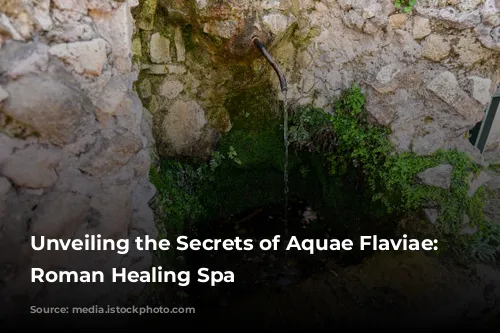
The Water Network of Roman Barcino: A City’s Lifeline
Imagine a city powered by a sophisticated water system, meticulously designed to meet the needs of its inhabitants. This was the reality of Roman Barcino, the ancient name for modern Barcelona. The ‘Roman Barcino Water Network’ Project, a comprehensive study of the city’s water system, sheds light on this remarkable feat of Roman engineering. By combining historical data with modern analyses, we gain a deeper understanding of how this ancient city managed its water resources.
Unveiling the Secrets of Barcino’s Water Network:
The study reveals that Barcino’s water supply relied on a single aqueduct, contradicting earlier theories that suggested the presence of two aqueducts. This aqueduct, a testament to Roman ingenuity, divided before entering the city, strategically channeling water to different areas based on their needs. The city’s water distribution system, tailored to meet diverse uses, was further influenced by its unique topography. The abundance of water, despite Barcino’s relatively small size, enabled the city to maintain numerous public and private baths, reflecting the needs of its bustling population of merchants and administrators.
A Masterpiece of Roman Engineering:
The findings of the ‘Roman Barcino Water Network’ Project offer a compelling example of how a Roman city effectively managed its water resources. The project’s comprehensive analysis of the entire water system, from supply to discharge, provides invaluable insights into the intricate workings of Roman urban planning and engineering.
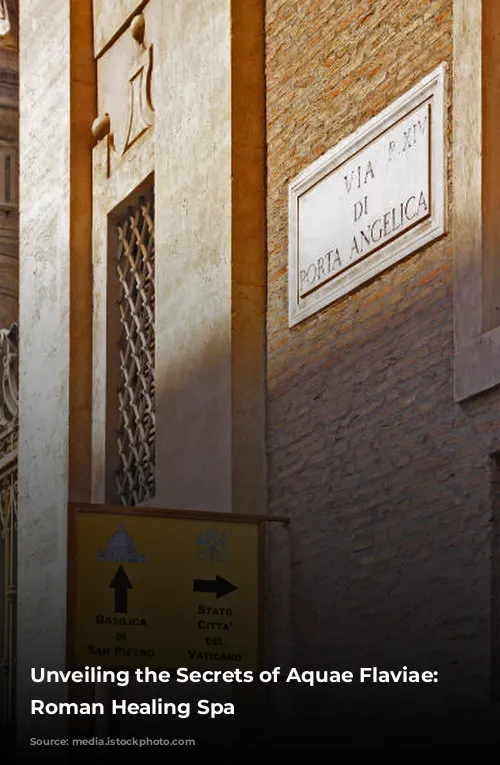
A Sewer System for the Ages: The Cloaca Maxima
Step back in time to ancient Rome, where a monumental engineering marvel silently carried away the city’s waste. The Cloaca Maxima, the oldest and most impressive sewer system in the Roman world, stands as a testament to the Romans’ mastery of hydraulic engineering. This remarkable structure, stretching through the heart of the city, navigates beneath iconic landmarks like the Forum of Nerva and the Roman Forum before reaching the Velabrum.
A Legacy of Roman Engineering:
The Cloaca Maxima was not just a sewer; it was a vital infrastructure project, protecting the city from the relentless floods of the Tiber River. Early texts reveal how this ingenious engineering project transformed the area between the Capitolium and Palatine hills, preventing disastrous floods and creating a safer environment for the city’s inhabitants. Recent discoveries have revealed a section of the Cloaca Maxima dating back to the era of the Tarquin kings, solidifying its place as one of Rome’s earliest and most significant engineering achievements.
Adapting to Change:
Over the centuries, the Cloaca Maxima underwent numerous modifications as Rome expanded and its needs evolved. Architects, engineers, and skilled workers faced the challenge of working on a functioning sewer system, adapting their techniques and strategies to accommodate the changing needs of the city. These adaptations and renovations, evident in the varying building techniques along the sewer’s main channel, showcase the Romans’ resourcefulness and their ability to adapt to new challenges.
The Cloaca Maxima stands as a timeless symbol of Roman ingenuity and innovation. This extraordinary sewer system, enduring for millennia, serves as a reminder of the Romans’ remarkable engineering prowess and their lasting impact on the world.
